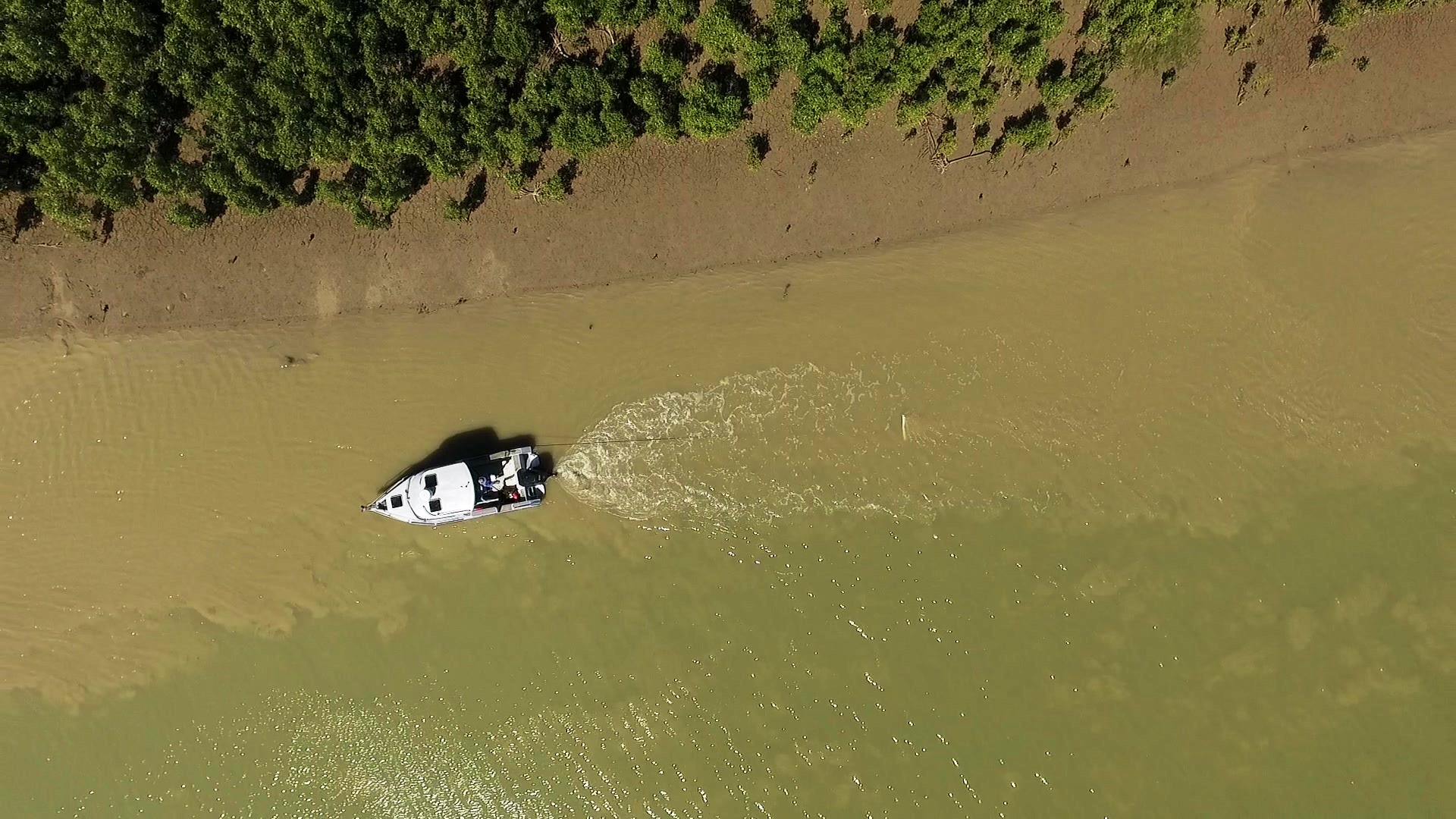Tiger Prawns are providing a case study to test the ability of a new model to separate environmental and fishing impacts on fish stocks and identify possible management options.
Few Australian fisheries stock assessments take external environmental factors into account, but a new model being tested on Tiger Prawn populations in northern Australia hopes to address this.
Dr Éva Plagányi, Group Leader in CSIRO’s Sustainable Marine Futures program, explains that most Australian fisheries assessments lack an environmental lens. This new model, Models of Intermediate Complexity for Ecosystem Assessments (MICE), aims to address this gap.
For those on the water, this has been a constant sight, with fishers observing their target catch becoming difficult to obtain due to an influx of cold bottom water. Quantifying these environmental drivers will improve fisheries stock assessments.
New modelling approach
Developed by Éva and her colleagues over the last decade, MICE bridge the gap between simple, data-limited models such as those used for stock assessments, and complex ecosystem models such as Atlantis.
Simple models can be inaccurate, while complex ones require vast amounts of data, leading to uncertainty. MICE attempt to find the ‘sweet spot’ by focusing on specific ecosystem aspects relevant to a particular fishery.
An FRDC project, co-funded by the Australian Fisheries Management Authority and led by Éva, is underway (2023-063) using MICE to account for climate impacts in fisheries models and management, using Tiger Prawns in the Gulf of Carpentaria as the study focus. As well as identifying key drivers on prawn stock productivity, the project will provide tactical responses for fisheries managers and fishers.
Prawn stock changes
The abundance of Grooved Tiger Prawns (Penaeus semisulcatus) and Brown Tiger Prawns (P. esculentus) has been highly variable in the Gulf of Carpentaria in recent years.

The project will examine how the environment is influencing the prawn population and to what extent the changes we are seeing are part of natural environmental variation.
The project is nearing its midway point, having mapped Tiger Prawn populations across more than 1000 kilometres of northern Australia and collated a range of existing data. Much of the key information has been compiled as part of previous CSIRO research undertaken in the Northern Prawn Fishery during the past 50 years, showing the value of long-term data when assessing change.
New data will include the sampling of prawn populations in November, particularly in inshore nursery areas. This will repeat seagrass habitat and juvenile prawn sampling CSIRO did in the 1980s and provide a valuable comparison.
Éva says early results suggest changes to nursery areas may be a contributing factor to changes in spatial distribution, and the sampling later this year will help to verify this. She expects the project analysis will be complete by mid 2025.
Identifying causes
“Understanding the root causes allows us to determine how much observed changes are due to fishing pressure, climate and habitat change, or other human activities,” explains Éva.
For example, Éva’s team used modelling in an earlier project to analyse environmental influences on declines in Redleg Banana Prawns catches in the Northern Prawn Fishery.
The modelling provided a structured way to respond to observations by fishers about ‘unusual tides’, and scientific evidence that could be used to support changes in the fishery.
Éva identified that the unusual tides were a result of a drier-than-normal season and lower sea levels due to El Niño. She and her team built a MICE representation of the ecosystem that linked reduced catches with a break in the connectivity between inshore estuarine prawn nurseries and the ocean, with fewer juvenile prawns able to move into the fishery.
She emphasised that correctly identifying causes by taking an ecosystem view was important particularly when fish stocks were in decline.
“Blaming overfishing, leading to reducing fishing effort might not lead to recovery if the decline is related to something else,” says Éva.
While the current MICE project benefits from extensive historical data, Éva suggests that fisheries interested in exploring ecosystem impacts can start collecting environmental data like water temperature and salinity alongside catch data. "By building a database and focusing on specific questions, we can begin to understand what's happening and how to manage it," she concludes.
Related FRDC Project
2023-063: Methods to account for climate impacts in fisheries models and management: Case study example of environmental contributors that affect Tiger Prawn population dynamics’





